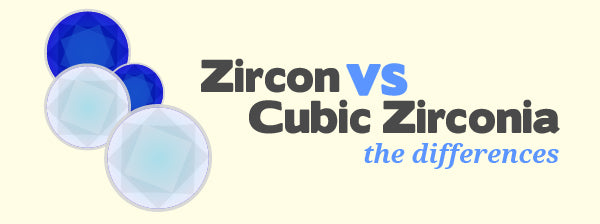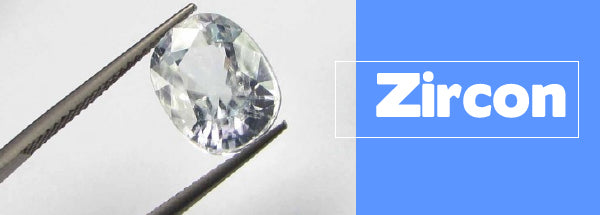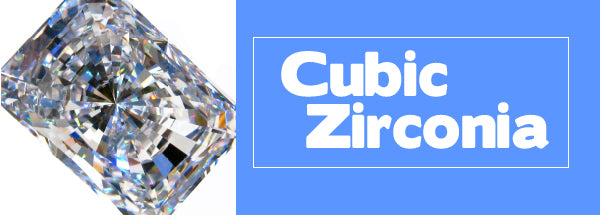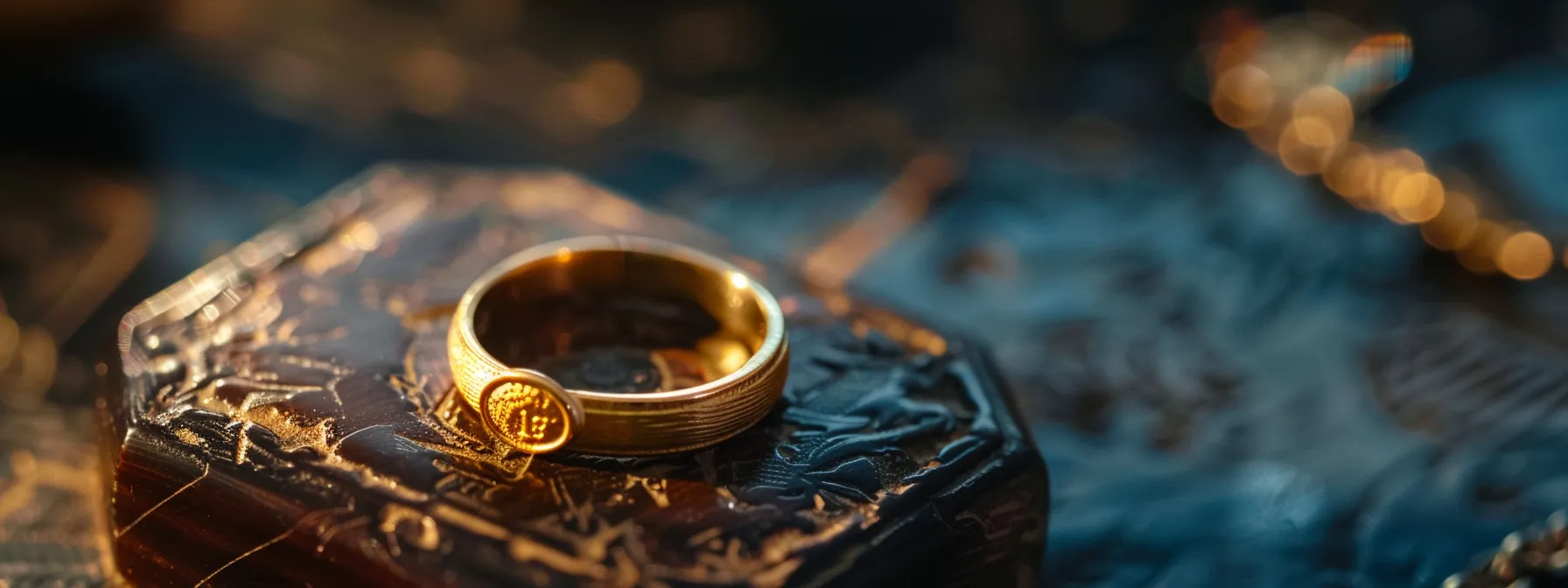Zircon vs Cubic Zirconia: The Differences

They say that diamonds are a girl’s best friend, but there comes a time when we want to try something new or we don't want to have to pull off a jewelry heist to get the pieces we are looking for. We want something that is new but somehow similar to what we are used to. When we think of that, Cubic Zirconia comes to mind. Cubic Zirconia is one of the most popular alternative for a diamond. But even though it’s slowly gaining popularity among jewelry buyers, this affordable alternative is often confused to a natural zircon. Zircon vs Cubic Zirconia: which is which and what distinguishes it from one another? The sounding of their names often leads to confusion, but there are a lot of differences between a Zircon and Cubic Zirconia. Read on to find out.

What is a Zircon?
Zircon or Zirconium Silicate is a natural gem that has a staggering optical beauty that resembles a diamond - this is the reason why it is widely popular among jewelry and gem connoisseurs. The two qualities that make it very similar to a diamond is its fire and luster. Buster describes how a certain gem or mineral reflects to light, it is either brilliant or dull. A Zircon is known to have a brilliant luster and has a reflective quality similar to a diamond. Aside from the colorless zircon (that resembles a diamond), there are other colors of zircon such as green, golden-brown, pink, purple, white, yellow and blue which is the most popular color often seen in a jewelry. The colors of Zircon compared to Cubic Zirconia, are natural but can be heat treated to either make it colorless or to enhance the color. The only thing that distinguishes a zircon from a diamond is the fuzzy appearance or double reflection it displays.

What is a Cubic Zirconia?
A Cubic Zirconia (also known as Zirconium Oxide) on the other hand is often used as a synthetic diamond. It is a synthetic cubic crystalline or synthetic gemstone. It’s popularity as an alternative for a diamond began way back in the 1970s. The physical properties or look of a Cubic Zirconia is so similar to a diamond making it look almost identical to the naked eye. Most Cubic Zirconia is colorless but is also available in other colors. One thing that distinguishes it from a true diamond is its thermal conductivity, as cubic zirconia tends to be a thermal insulator as opposed to diamonds which are thermal conductors.
Zircon vs Cubic Zirconia
Among the information available about a Zircon and a Cubic Zirconia, here are the most important details to help you distinguish the two. A Cubic Zirconia is synthetic compared to Zircon which is a natural gem. The CZ is used in laboratories to produce a jewelry that can be an alternative to a diamond. A Zircon compared to a Cubic Zirconia is more expensive since it is a natural gem. It’s value depends on the gem’s saturation and tone. The blue zircon with a high saturation and tone is known to have a high value. A Cubic Zirconia is affordable making it the most popular expensive jewelry substitute.
The two may sound the same, but aside from having zirconium in their chemical structure, it has their significant differences. Now that you know more than a layperson, it is time to go shopping for a new Fall accessory. Remember that each has its own beauty and can definitely work with your Fall fashion trends, it only depends on which do you prefer among the two and which fits your lifestyle. So in a battle between
Zircon vs Cubic Zirconia, which one do you choose?
Looking to Clean Your Jewelry? Shop our Full Line of Jewelry Cleaners









